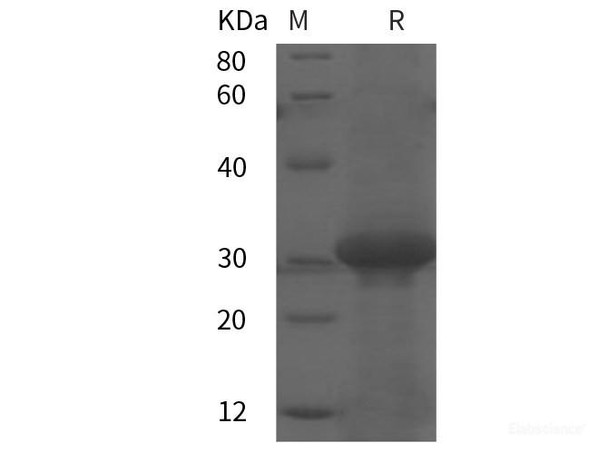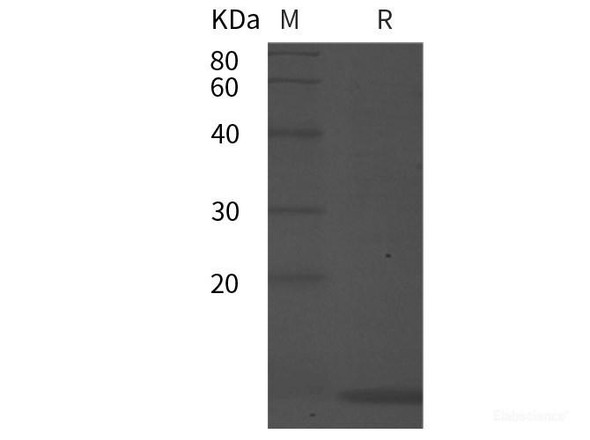| Background: | Klotho, also called Klotho-alpha, is the founding member of the Klotho family within the glycosidase-1 superfamily . Klotho is expressed in areas concerned with calcium regulation, predominantly in the kidney distal convoluted tubules, but also in the brain choroid plexus (which produces cerebrospinal fluid) and the parathyroid. A 130 kDa form found in plasma and cerebrospinal fluid is produced by proteolytic cleavage of the glycosylated 135 kDa full-length Klotho . A truncated 549 aa isoform predicted by alternative mRNA splicing has been detected in human and mice. A prominent intracellular 120 kDa form of Klotho is localized to endoplasmic reticulum and Golgi membranes. The phenotype of Klotho-deficient mice resembles premature aging, including arteriosclerosis, osteoporosis, skin atrophy, infertility, emphysema and premature death. Conversely, excess Klotho extends lifespan. Klotho acts as a cofactor for interaction of FGF-23 with FGF R1. This interaction negatively regulates 1 alpha -hydroxylase, the rate-limiting enzyme in the synthesis of 1,25(OH)2D3 (vitamin D). Klotho deficient mice show severe hyperphosphatemia and ectopic calcification of soft tissues due to excess vitamin D. Both Klotho and Klotho beta are cofactors for FGF19 binding. Klotho also shows glucuronidase activity which activates the renal ion channel TRPV5 to reabsorb urinary calcium. Klotho has been reported to downregulate insulin or IGF-1 signaling in adipocytes, to bind and antagonize Wnt molecules, and to facilitate release of parathyroid hormone. |










